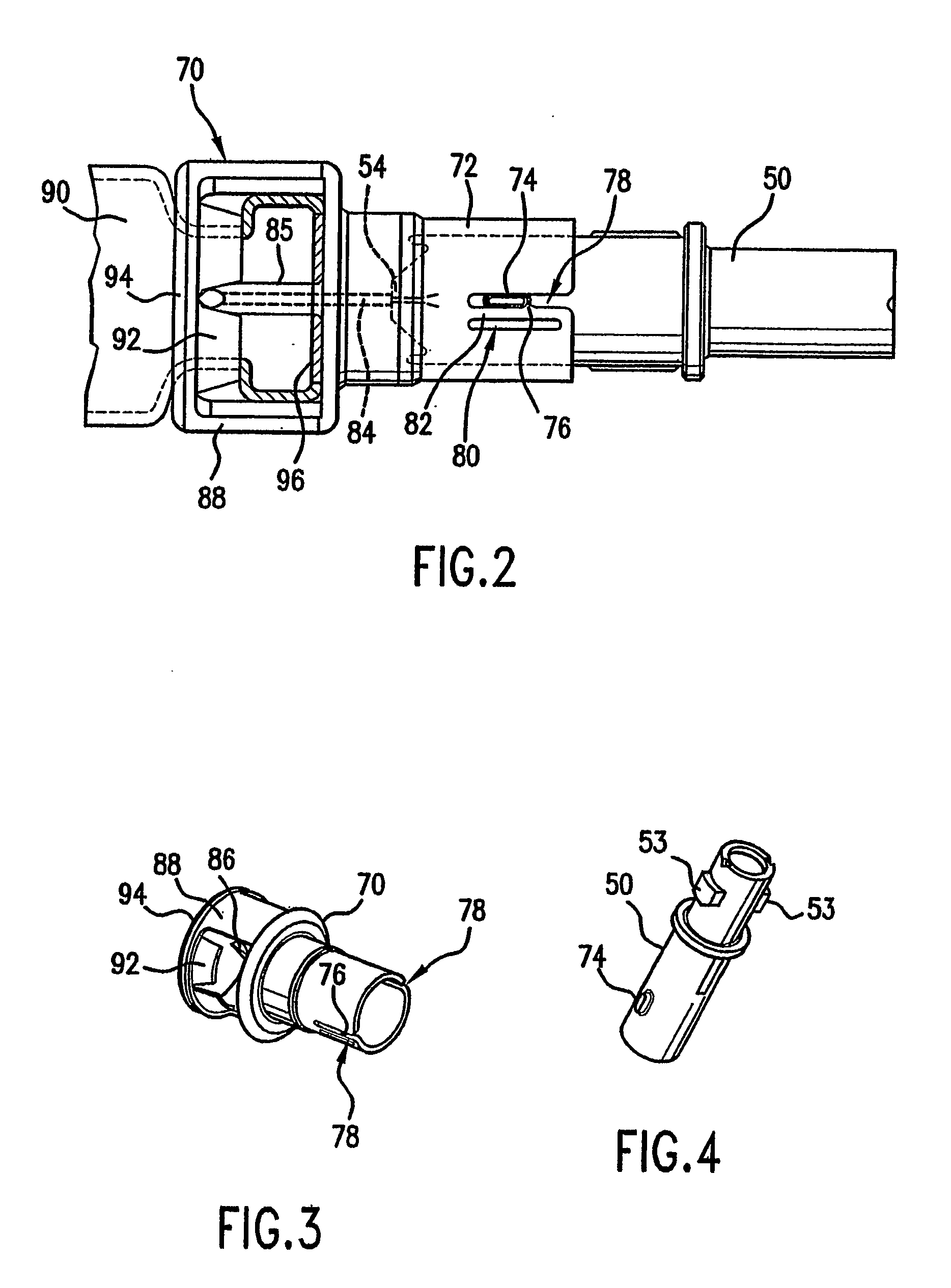Administration of insulin by jet injection
a technology of insulin and injection, which is applied in the field of improving the method of managing blood glucose levels, can solve the problems of increased complications, increased mean glucose levels, and increased risk of stroke, and achieves the effects of improving glycemic control, high skill, and convenient use for patients
- Summary
- Abstract
- Description
- Claims
- Application Information
AI Technical Summary
Benefits of technology
Problems solved by technology
Method used
Image
Examples
example 1
[0057] Fifteen type 1 diabetic subjects were included in a study of insulin injection using a Antares Pharma Vision jet injection device. The subjects were eight females and seven males with the following profile: mean age of 30±6 years, mean diabetes duration of 10±5 years, mean body mass index (BMI) of 24.3±2.2 Kg / m2, as well as mean blood pressure (BP) of 125±4 mm Hg systolic and 75±5 mm Hg diastolic. Each of the individuals also had been intensively treated since diabetes diagnosis, and the subjects had a mean daily insulin dose of 33±6 U.I. Informed consent was obtained from each subject for continuous subcutaneous glucose monitoring using the Minimed Continuous Glucose Monitoring System (CGMS).
[0058] The duration of the study of the subjects was three days. During the first day, each subject used a Novopen Demi-pen device to inject regular human insulin 30 minutes before breakfast, lunch, and dinner. During the second day, each subject used the Antares Pharma Vision jet injec...
example 2
[0063] This example was conducted to determine whether the improvement in glycemic profile observed in short-term studies of needle-free insulin administration, such as those of Example 1, could be sustained long term, resulting in improvement of HbA1c levels. To document HbA1c levels in subjects using the jet-injector and to measure their blood glucose profile after one year, the following materials and methods were used. Five type 1 diabetic patients (3 females, 2 males) had the following profile: age 34±4 years, diabetes duration 9.5±4.5 years, BMI 23±1.2 Kg / m2, systolic BP 126±6 and diastolic BP 76±3 mmHg, daily insulin dose 36±4 IU / day (70% Regular, 30% NPH). All subjects consented to periodic HbA1c evaluations and 72-hours continuous subcutaneous glucose monitoring.
[0064] A baseline glucose profile was obtained while subjects used the Novopen Demi-pen needle device. Subjects were switched to a jet-injector for one year, and a blood glucose profile was then obtained at one yea...
example 3
[0066] The management of nocturnal NPH insulin is commonly a problem for type 1 diabetic patients because of hypoglycemia risk. The use of a jet injector reduces nocturnal glucose levels and thus reduces the hypoglycemia risk. To compare nocturnal blood glucose after NPH insulin administered alternatively with a pen device (Novopen Demi-pen needle device) and a needle-free jet-injector (Antares Pharma Vision® injector device), the following Materials and Methods were used.
[0067] 15 type 1 diabetic subjects (7 males, 8 females), age 31±4 and diabetes duration 9±4 years, BMI 23.5±1.8 Kg / m2, systolic BP 130±4 and diastolic BP 78±4 mmHg, were intensively treated since diabetes onset (43±5 I.U. insulin—NPH typically 30% of the total). The mean HbA1c values were 7.0±0.4%. These subjects consented to 72-hour continuous subcutaneous glucose monitoring (Minimed® CGMS device) and to use the pen device the first and the third night and the Vision jet injector the second night of the study. Al...
PUM
 Login to View More
Login to View More Abstract
Description
Claims
Application Information
 Login to View More
Login to View More - R&D
- Intellectual Property
- Life Sciences
- Materials
- Tech Scout
- Unparalleled Data Quality
- Higher Quality Content
- 60% Fewer Hallucinations
Browse by: Latest US Patents, China's latest patents, Technical Efficacy Thesaurus, Application Domain, Technology Topic, Popular Technical Reports.
© 2025 PatSnap. All rights reserved.Legal|Privacy policy|Modern Slavery Act Transparency Statement|Sitemap|About US| Contact US: help@patsnap.com



